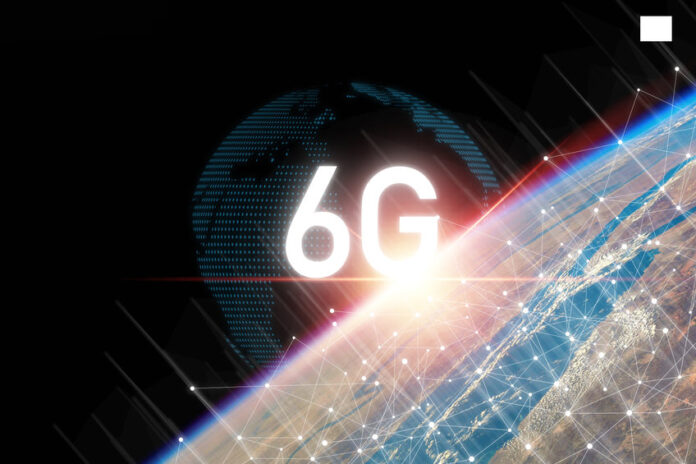The 6G white paper was elaborated by vivo Communications Research Institute
Chinese tech company vivo has released a white paper in which the firm explores a potential framework and enabling technologies for as-yet-unstandardized 6G systems.
Qin Fei, president of vivo Communications Research Institute, said: “At the forefront of R&D, we continue to explore what a 6G world might look like and what technologies we need to develop to get there.”
vivo noted that its latest white paper on 6G builds on two earlier works released in 2020, one of which provided insights into some of the many potential 6G digital scenarios for the next decade, and another which outlined vivo’s vision for 6G.
The white paper, published by vivo’s Communications Research Institute, proposes that 6G will provide “super communication, information, and converged computing services, becoming a base for an interconnected and converged physical and digital world,” according to the institute. According to the analysis, 6G will “converge communication, computation, and sensing in a single system.” An integrated 6G network will not only connect humans to humans, but it will also connect humans to machines and machines to machines, helping create a whole new digital world, according to the Chinese firm.
The white paper said that the technical requirements of 6G can be broken down into three aspects: “On-demand connectivity everywhere, ubiquitous and sophisticated digitalization and pervasive intelligence.”
“6G will allow us to bring the next generation of connectivity into every aspect of people’s lives. It will integrate more access technologies, cover a larger physical space, and provide better core capabilities, supporting more services,” said Rakesh Tamrakar, 5G and 6G standards expert at vivo. “By seamlessly connecting industries, transportation, workspace, and homes, 6G will contribute greatly to society – from the democratization of professional talent to the enhancement of emergency and disaster response.”
vivo also highlighted that 6G will expand basic telecom services to support completely new experiences, such as immersive mixed reality and holographic and multi-sensory communication. According to the Chinese firm, 6G mobile data connectivity services will continue to improve in capacity, data rate, latency, reliability, and many other aspects, which means that every performance indicator, such as data rate, including peak data rate and user experienced data rate, communication delay, and area traffic capacity, will need to be improved several folds or more compared with 5G.
“New network functions need to be introduced to support the new 6G services and achieve integration of sensing and communication. 6G will converge mobile network and computing, cross-domain data interaction, and native AI network. Therefore, it requires a brand-new system architecture design,” the white paper reads.
“Integrating sensing and communication taps into a new area of opportunity in cellular wireless networks – 6G native AI would improve network and air interface efficiency, enhance system flexibility and reduce cost. The introduction of an end-to-end cross-layer data plane is essential to support intelligent and basic information services. Extremely low-power communication reduces the barrier to terminal access, enabling truly ubiquitous connectivity. Currently, the Multiple-Input Multiple-Output (MIMO) evolution, Reconfigurable Intelligent Surface (RIS) technology and new waveforms are some of the exciting research areas, paving the way towards a more efficient and more flexible network that can support more application scenarios, and offer more advanced sensing functions,” the white paper adds.
The vivo Communications Research Institute said it will continue to refine 6G scenario use cases and technical indicators, carry out in-depth research and experimental verification of potential 6G technologies, and contribute to the development of a globally unified 6G technology standard. The organization notes that since its inception in 2016, it has submitted over 8,000 5G proposals to the Third Generation Partnership Project (3GPP) to date, leading to 15 technical features and three technical projects being approved.

